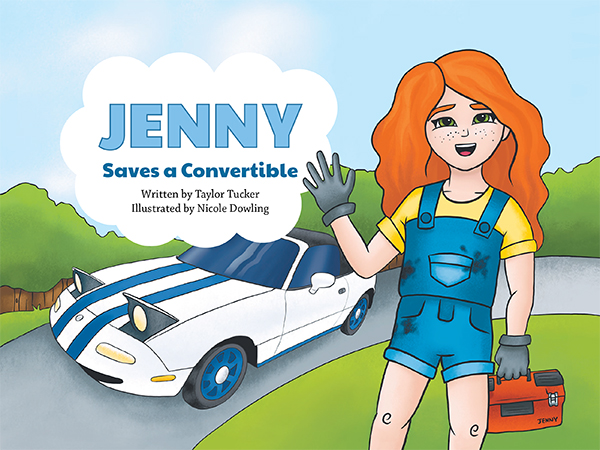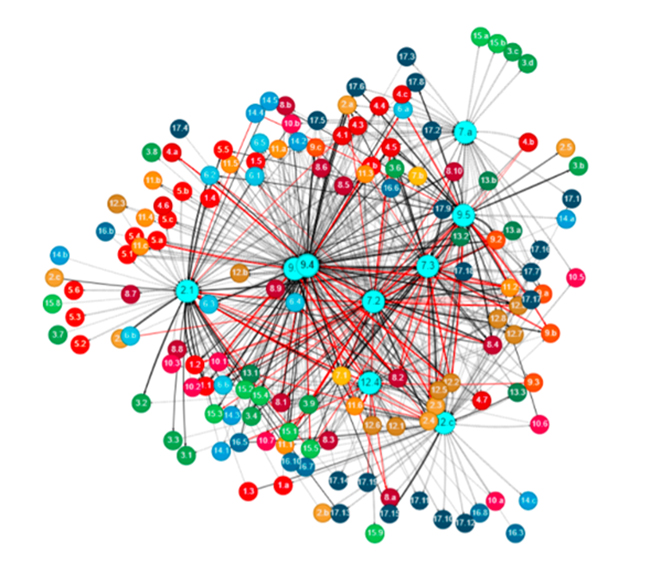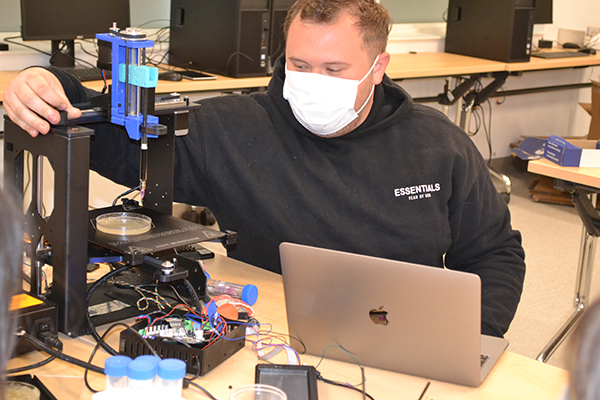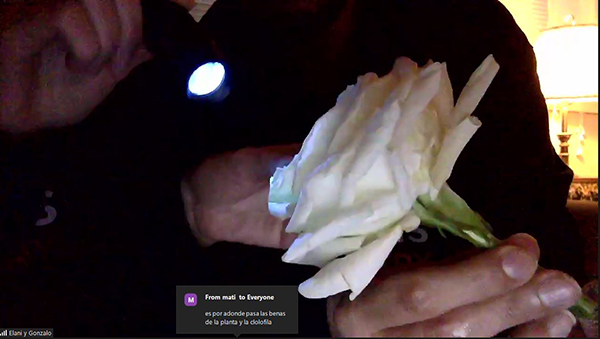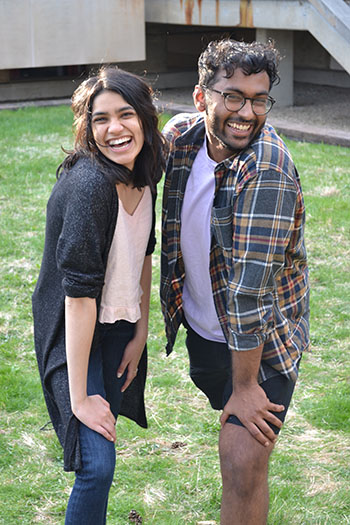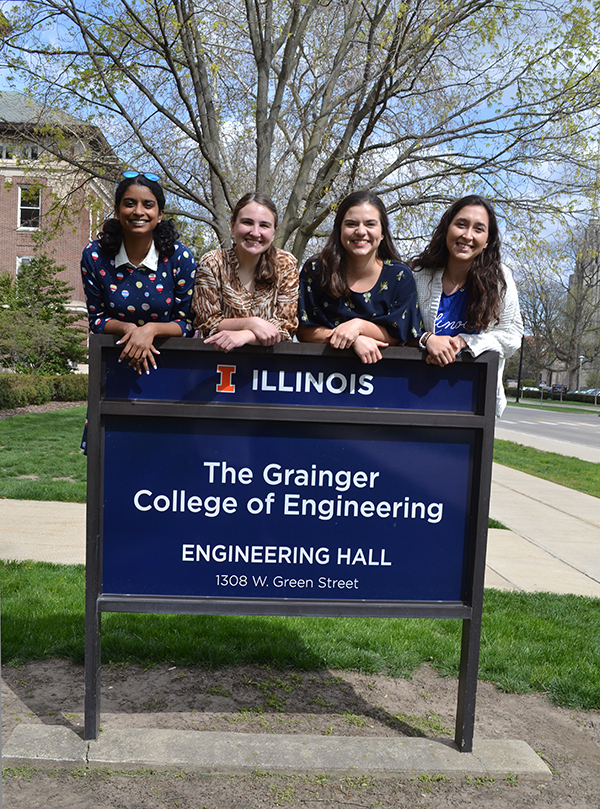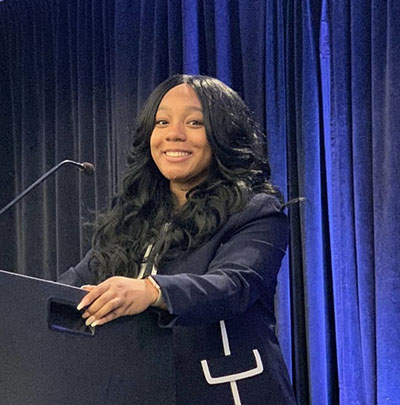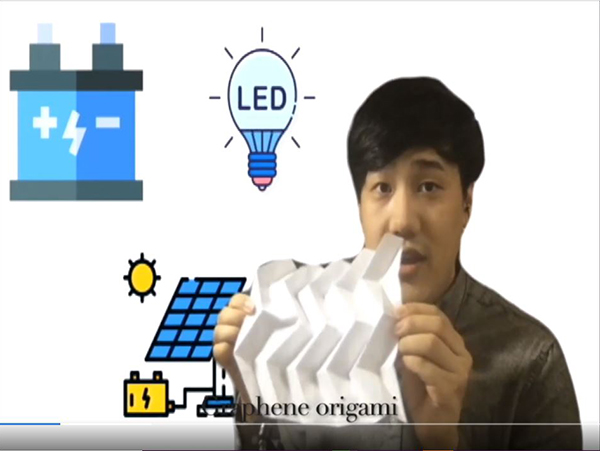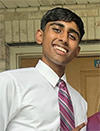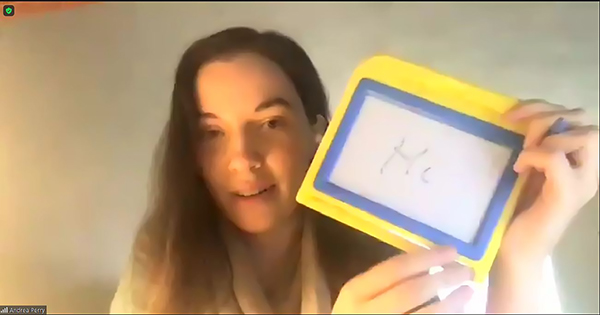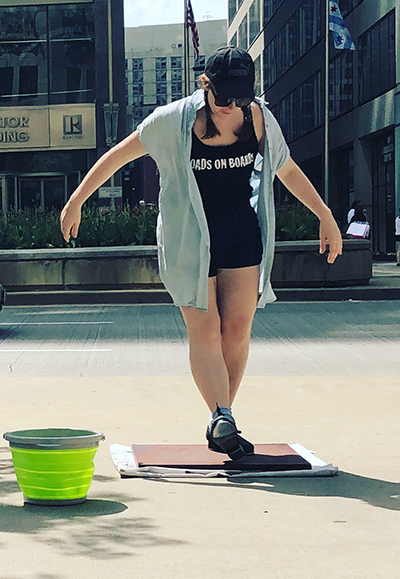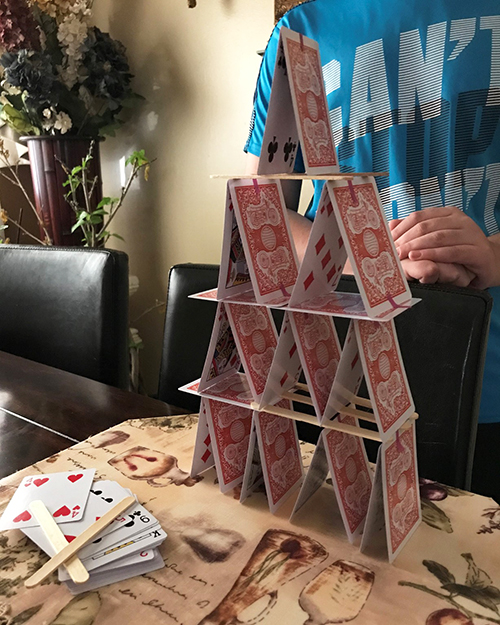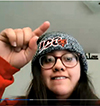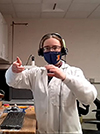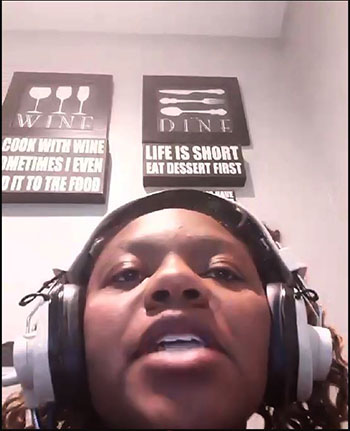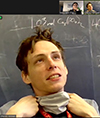Stories about... Center for the Physics of Living Cells (CPLC)
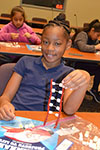 CPLC’s BESO Program Teaches International Prep Academy Students About DNA…in Spanish
CPLC’s BESO Program Teaches International Prep Academy Students About DNA…in Spanish
June 4, 2019
On Thursday morning, May 16th, Ms. Jenkin’s and Ms. Jones’ third grade students from Champaign’s International Prep Academy (IPA) took a field trip to the NCSA as part of the BESO (Bilingual Engineering and Science Outreach) program run by the Center for the Physics of Living Cells (CPLC). The main theme for the day was DNA, with groups of students rotating through several STEM activities. But what was especially unique about the day was that most of the activities were conducted in Spanish.
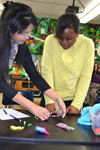 Myong, BioE Undergrads Expose Middle Schoolers to DNA/Cell Measurement
Myong, BioE Undergrads Expose Middle Schoolers to DNA/Cell Measurement
October 31, 2012
On Wednesday afternoons, a number of Illinois bioengineering undergrads can be found at Jefferson Middle School teaching seventh and eighth graders about science. The brain child of Bioengineering professor Sua Myong, this year-long, after-school outreach program funded by the Center for the Physics of Living Cells meets once a week to expose students to techniques used to measure things in cell biology.
FULL STORY
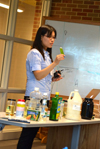 iRISE and Denos Work to Get Students Hooked on Science in Middle School
iRISE and Denos Work to Get Students Hooked on Science in Middle School
July 31, 2012
One of Sharlene Denos' passions is to expose middle school students to hands-on activities in order to pique their interest in science so it becomes a life-long interest—possibly even a career. Denos hopes to give today's middle school student opportunities she didn't have at that age.
FULL STORY
 Physics Center Rises to the Challenge:
Physics Center Rises to the Challenge:
iRISE Makes Learning Science Fun
September 13, 2011
Does learning science have to be boring, or can it be not only educational, but fun? Educators in the iRISE project believe the latter. They have come together to create a unique program that gives graduate students the chance to create and teach science lessons for children, offers fun and educational programs for middle school students, and provides middle school teachers with lesson plans to use for their own classes.
STORY
 iRISE Workshop is a Hit With Local Middle School Teachers
iRISE Workshop is a Hit With Local Middle School Teachers
June 28, 2011
On Tuesday, June 28th, 2011, 24 middle school teachers from across the state came to the University of Illinois to build algae bioreactors, take apart and reassemble computers, build chemical and mechanical water filters, and explore the fluorescence of living plants. These activities were developed into classroom-ready lesson materials by a group of graduate students, faculty, and veteran teachers as part of the iRISE Project.
STORY
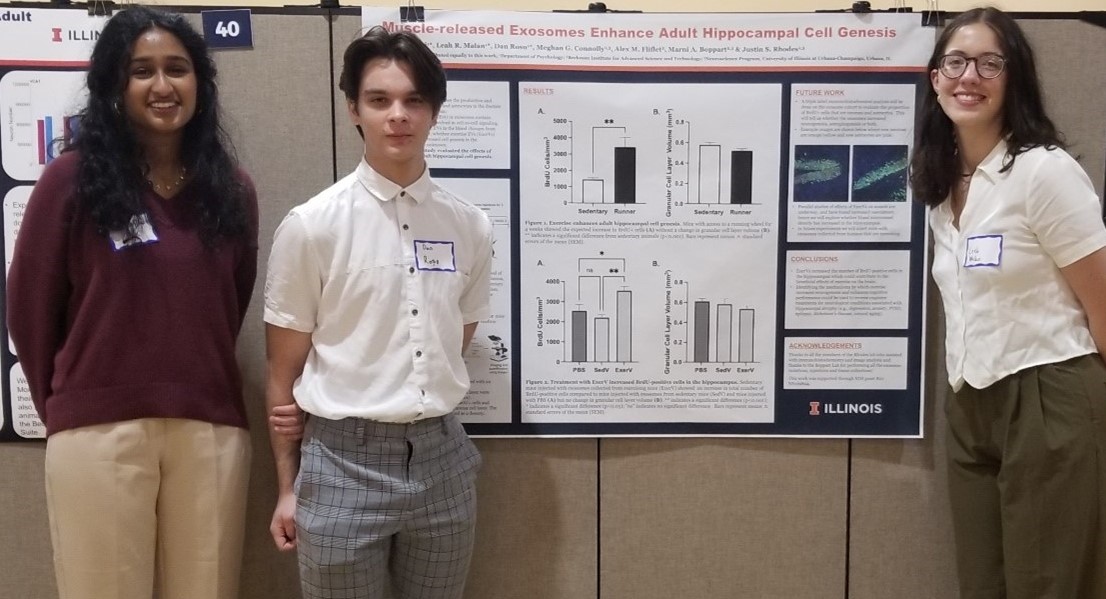
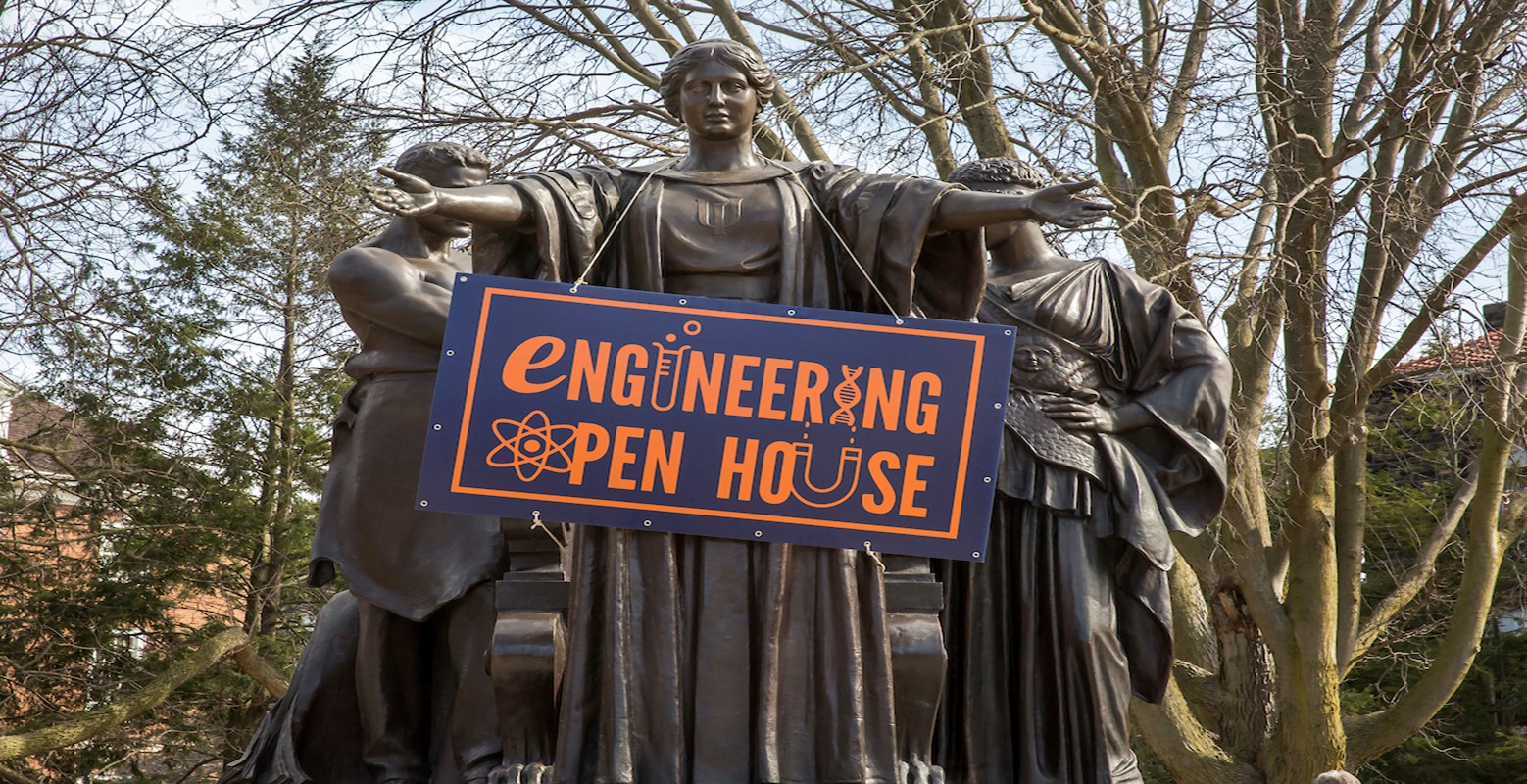
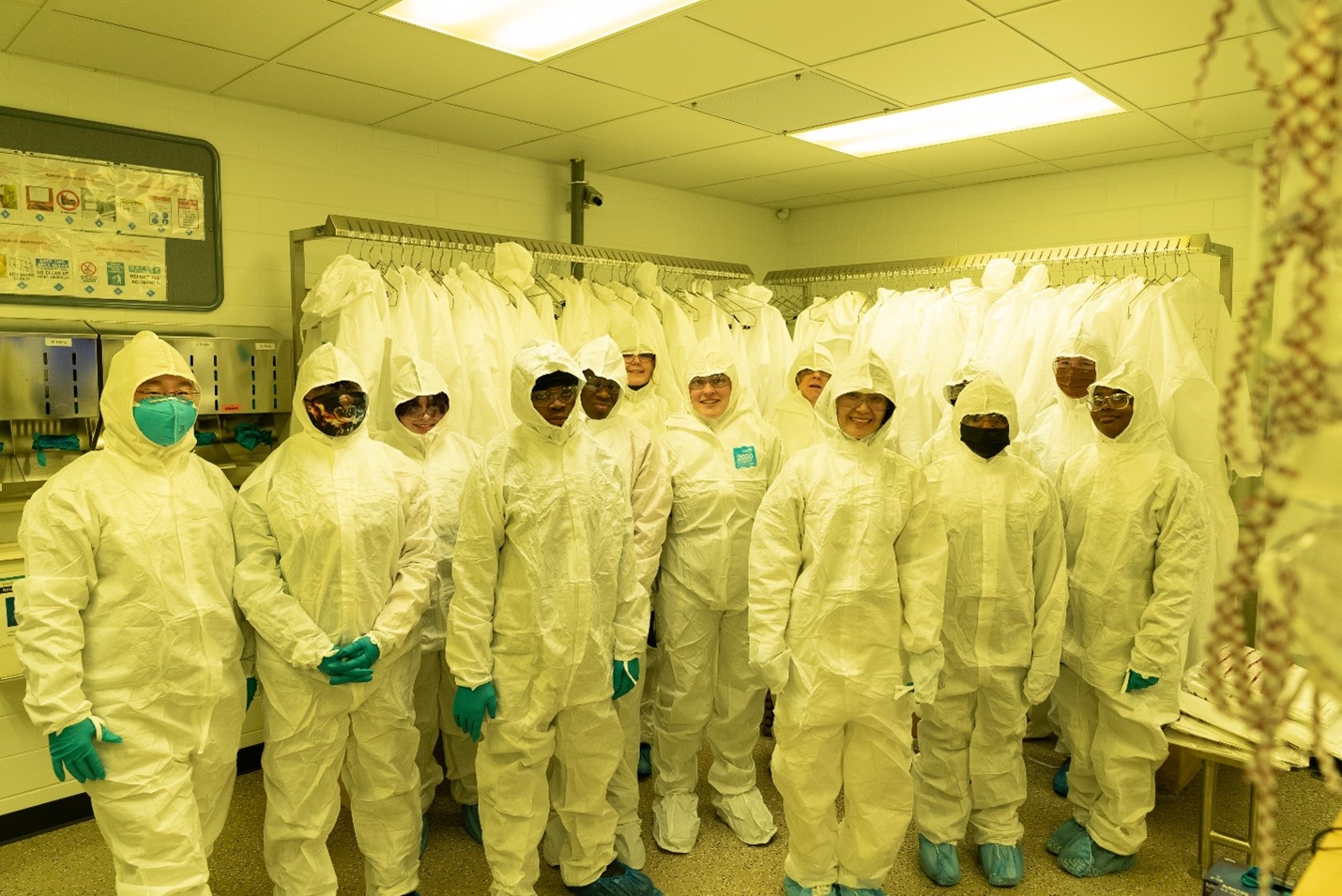
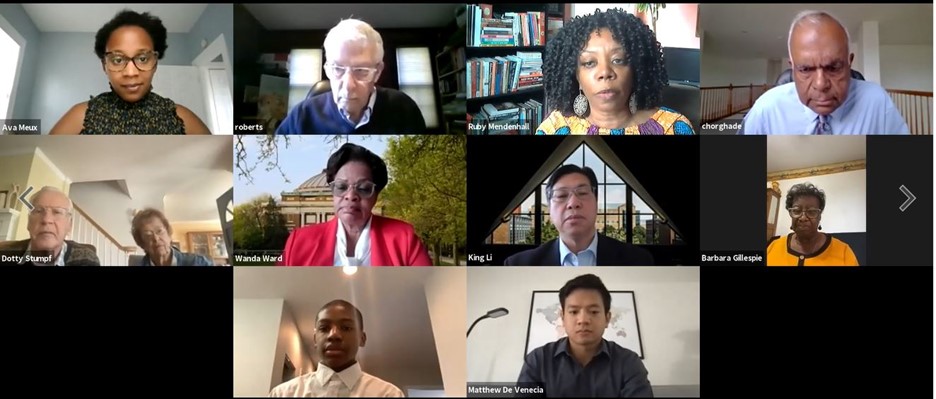
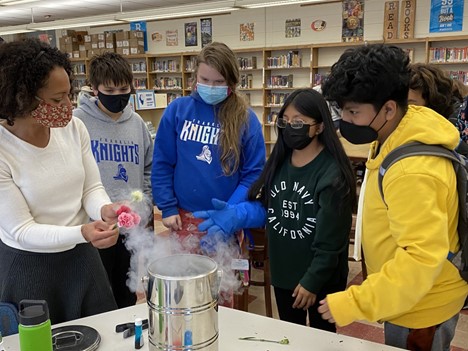
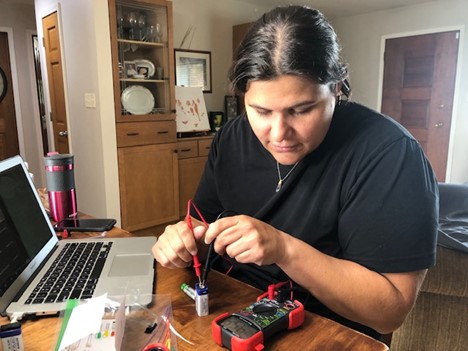
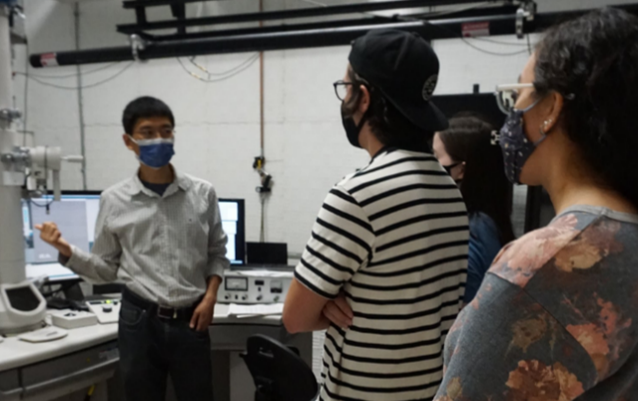
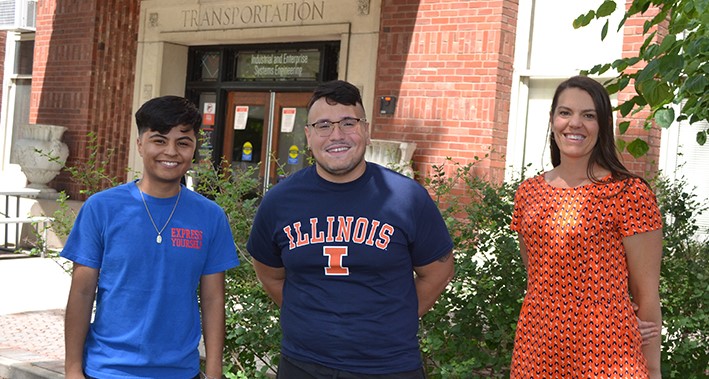
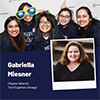

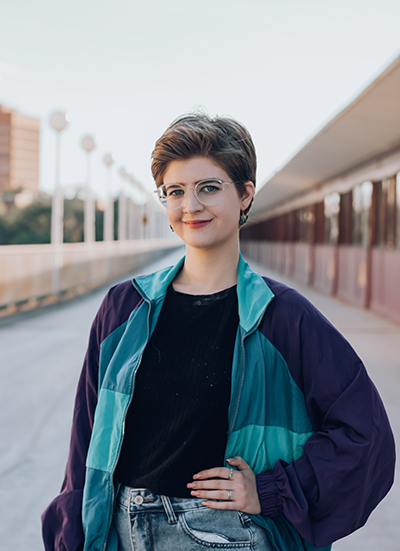
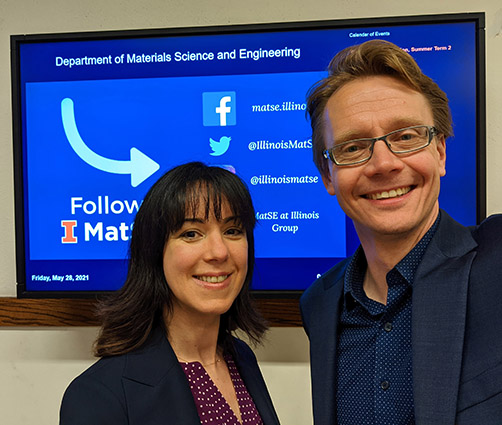
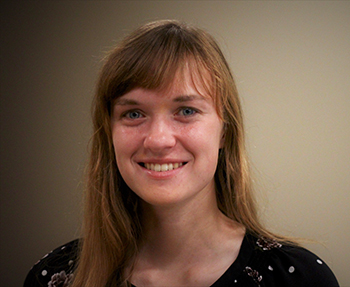
.jpg)
